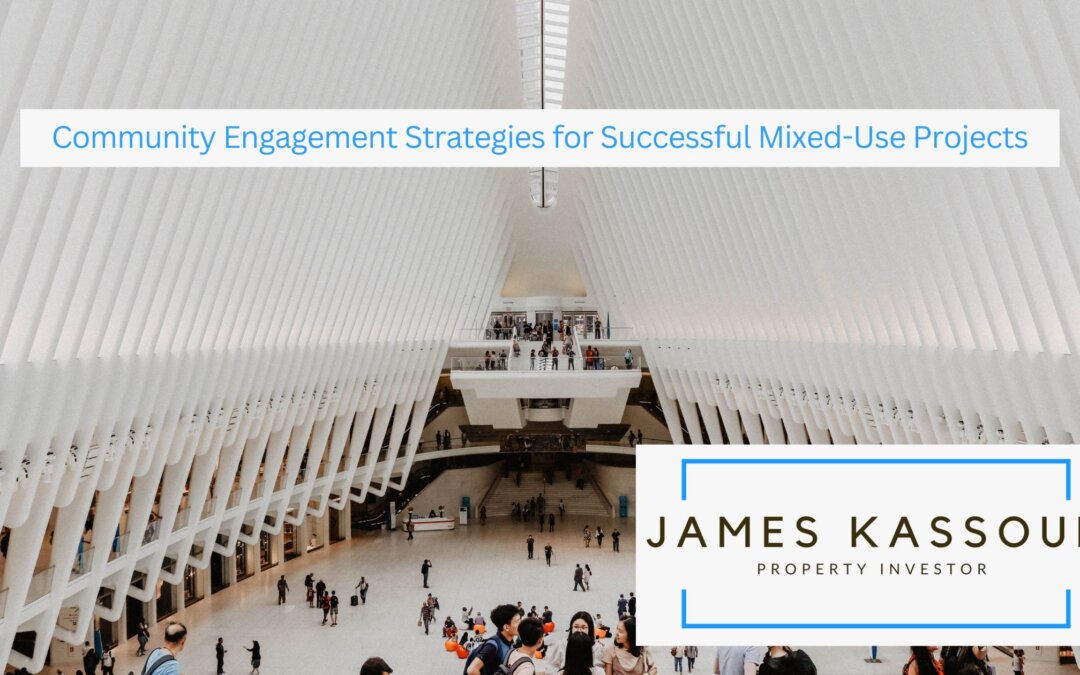The success of mixed-use projects hinges not only on the physical design but also on the integration and acceptance by the local community. Engaging the community in the planning and development process is crucial for creating spaces that resonate with the needs and aspirations of residents. Effective community engagement strategies foster a sense of ownership, collaboration, and shared vision, leading to mixed-use developments’ long-term success and sustainability.
Mixed-Use Projects
One key strategy for community engagement in mixed-use projects is to initiate dialogue early in the planning process. Before concrete plans are made, developers should seek input from the local community through town hall meetings, workshops, and open forums. This allows residents to express their concerns, voice their ideas, and actively participate in shaping the future of their neighborhood.
Advisory Committees
Another effective approach is the creation of advisory committees or focus groups comprised of community members. These groups serve as a platform for ongoing communication and collaboration between developers, architects, and residents. Regular meetings can provide updates on the project’s progress, address concerns, and incorporate feedback into the decision-making process.
Transparency
Transparency is a fundamental element of successful community engagement. Developers should provide clear and accessible information about the project’s goals, timelines, and potential impacts. This transparency builds trust and allows residents to make informed decisions about the development’s implications on their daily lives.
Participatory Design Methodologies
Incorporating participatory design methodologies is another strategy to enhance community engagement in mixed-use projects. This involves:
- Actively involving residents in the design process.
- Allowing them to contribute ideas and feedback on various aspects, such as public spaces.
- Amenities.
- Architectural elements.
Workshops, design charrettes, and interactive exhibitions can facilitate meaningful collaboration between designers and community members, ensuring that the final project reflects a collective vision.
Community-Oriented Events
Community-oriented events and initiatives can also foster a sense of belonging and connection. Developers can organize events like neighborhood festivals, art installations, or workshops that unite residents. These activities create a positive atmosphere and provide opportunities for meaningful interactions, allowing residents to become more invested in the success of the mixed-use project.
Local Contributions
Moreover, developers can explore partnerships with local organizations, nonprofits, and educational institutions to strengthen community ties further. Collaborative efforts can lead to the creating of programs that benefit the community, such as educational workshops, cultural events, or initiatives that support local businesses.
Communication
Lastly, ongoing communication and responsiveness are vital components of effective community engagement. Developers should establish channels for continuous feedback and be responsive to concerns as they arise. This iterative approach demonstrates a commitment to listening and adapting, fostering a sense of mutual respect and collaboration.
Successful mixed-use projects go beyond architectural excellence; they must be embraced and supported by the communities they serve. Thoughtful community engagement strategies that prioritize early dialogue, transparency, participatory design, events, partnerships, and ongoing communication are essential for creating spaces that are aesthetically pleasing and deeply rooted in the values and aspirations of the local residents.

